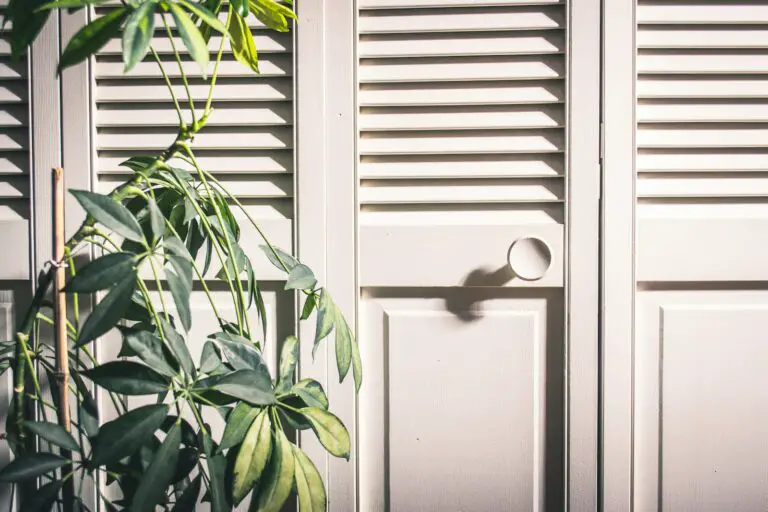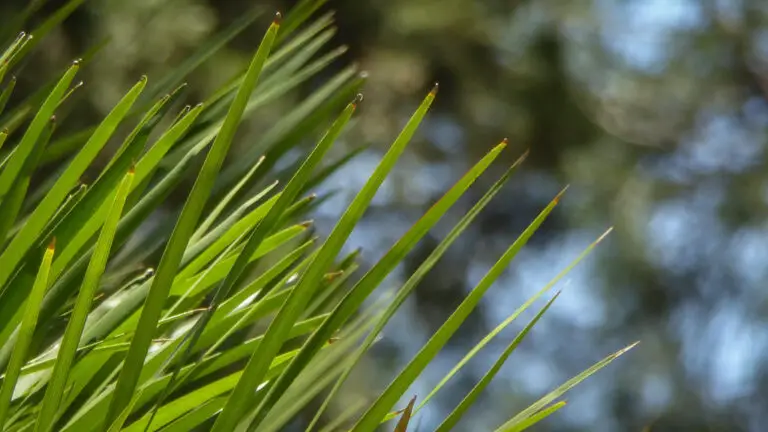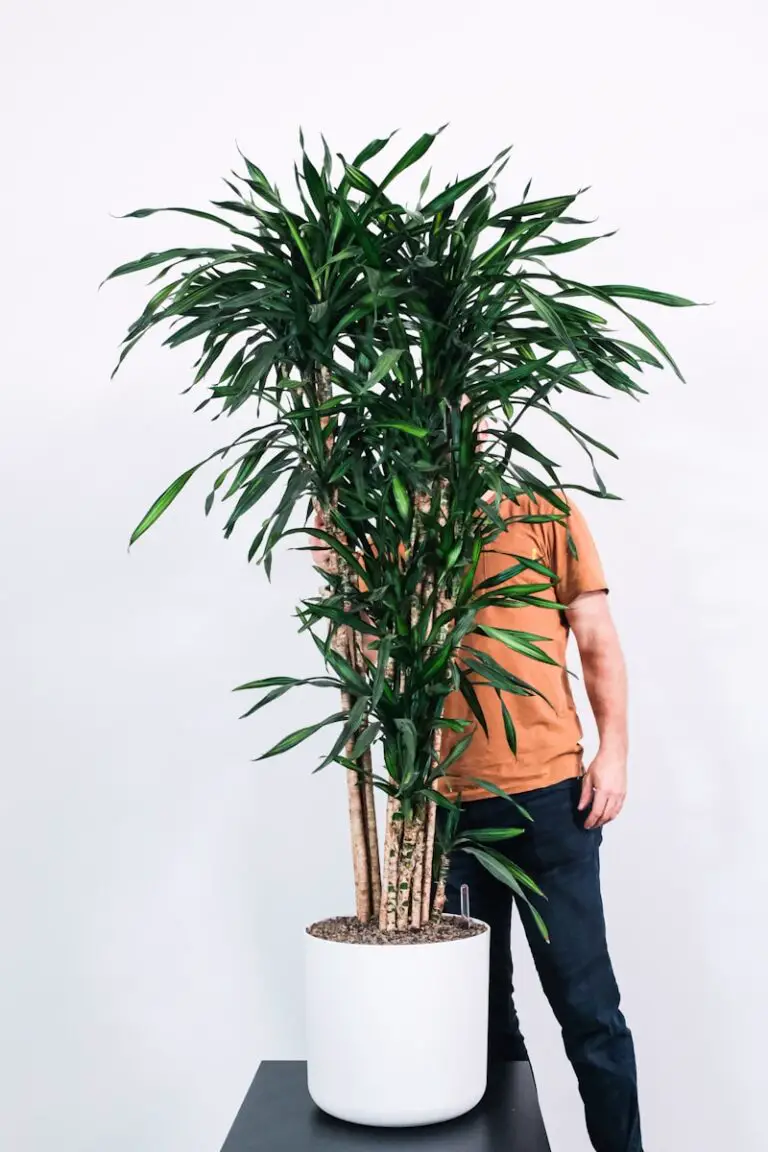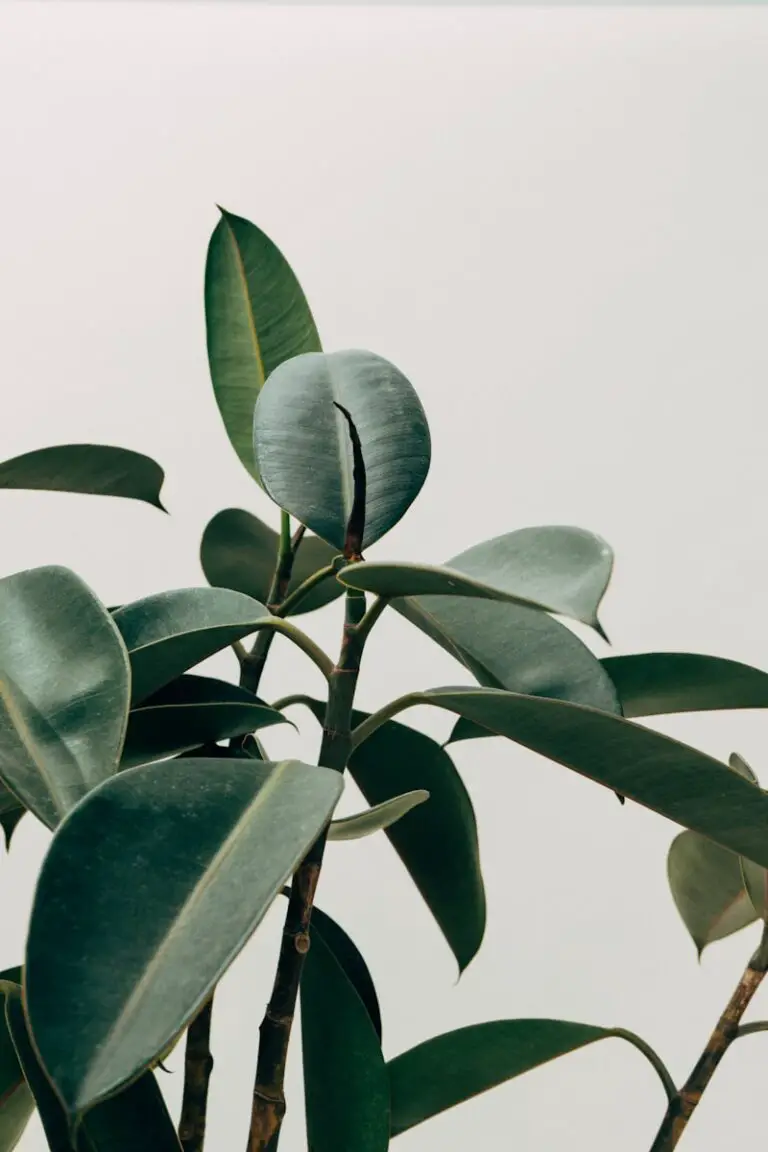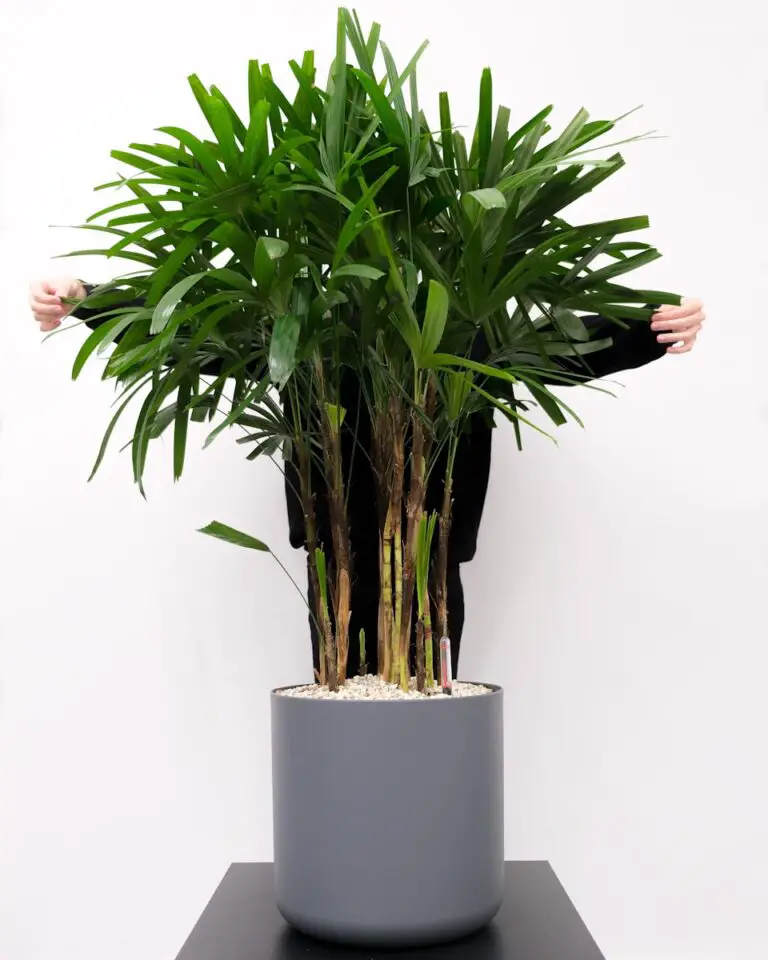Root Rot Woes: Preventing and Treating Indoor Bamboo Palm Root Issues
In the serene spaces of our homes, indoor plants bring a touch of the tropical, the fresh breath of nature’s verdant lungs. Among these, the graceful arching fronds of the bamboo palm stand out, symbolizing peace and abundance. But what happens when this symbol of tranquility finds its roots facing a common threat — root rot? In this comprehensive guide, we’ll explore how to detect, prevent, and treat root rot in indoor bamboo palms.
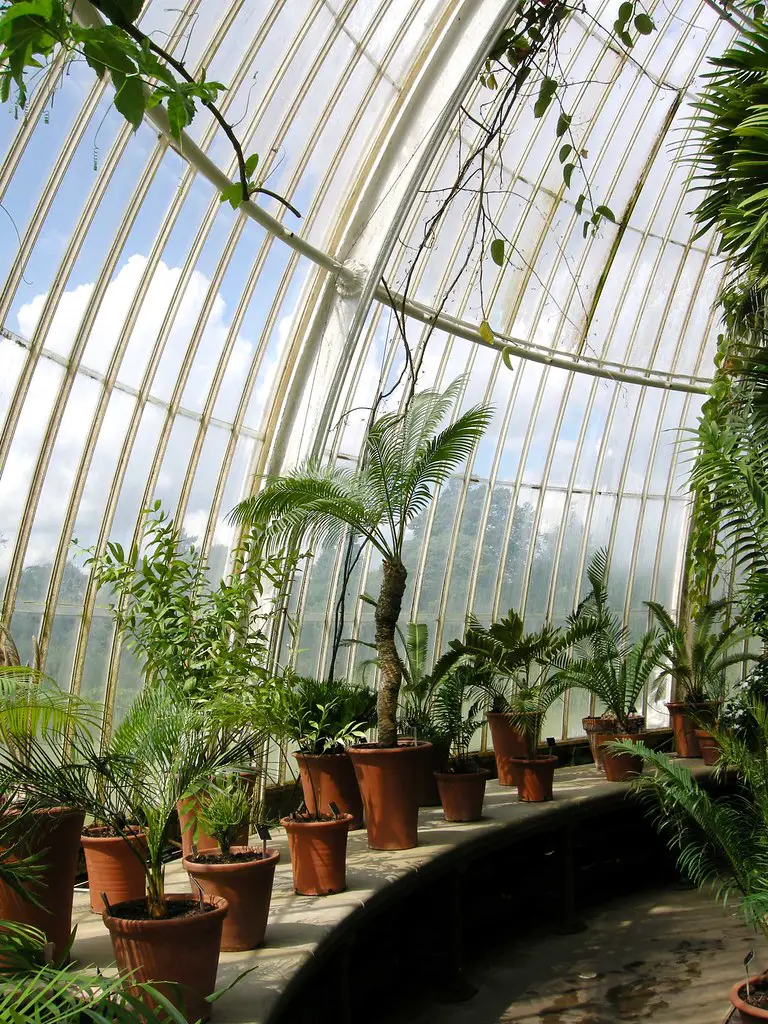
Understanding Root Rot
Root rot is among the most notorious issues that plague indoor plants, including the resilient bamboo palm. It’s typically caused by waterlogged or poorly-drained soil, paving the way for fungus to take root in the most essential part of your plant – its roots.
Causes of Root Rot
Understanding the causes is the first step in the fight against root rot. Overwatering is usually the leading culprit. It suffocates the roots, decreasing their ability to take in oxygen. In addition, using pots without proper drainage, poor soil aeration, and even compacted roots can provide a breeding ground for pathogens.
Signs and Symptoms
The telltale signs aren’t always easy to spot, especially in the early stages. Look for wilting or yellowing leaves, stunting growth, and an unpleasant, musty odor from the soil. In severe cases, you might notice black, mushy roots or the plant may simply begin to fall apart.
Prevention Measures
In the war against root rot, preemptive measures are your best allies.
Proper Watering Techniques
Good intentions about plant hydration can sometimes lead to overzealous watering. For bamboo palms, it’s crucial to ensure the soil dries out between watering, typically every 1-2 weeks. Pushing a finger into the soil is a simple, reliable way to check the moisture level.
Soil Considerations
Using a well-draining soil mix specifically designed for houseplants, or a mix of potting soil and perlite, can help maintain the delicate moisture balance your bamboo palm craves.
Light and Humidity Requirements
These tropical beauties prefer bright, indirect light and high humidity. Striking the right balance will keep your plant strong and resilient against root rot.
Treatment Options
When root rot rears its ugly head, it’s time for action.
Identifying Root Rot Early
Vigilance is key. Regularly inspect your plant, and if you suspect root rot, gently remove it from the pot and take a good look at the roots. The sooner you catch it, the more likely your plant will recover.
Soil Drenching or Repotting
If your bamboo palm is suffering from root rot, one of the immediate steps involves repotting the plant in fresh, well-draining soil and pruning away any damaged roots. Soil drenches with fungicides may also help if the rot is severe.
Adjusting Care Practices
Shift towards a less frequent watering schedule, and be sure to give your plant the right amount of light and humidity it craves. Consider aerating the soil gently to promote root health.

Tips for Home Gardeners
Knowledge is power, and proactive care is your hedge against root rot.
Maintenance Routines
Incorporate regular maintenance routines into your plant care. This includes wiping down leaves to keep pests at bay and occasionally top-dressing the soil with fresh, light compost.
Good Drainage Is Key
Without proper drainage, pots can become veritable death traps for root systems. Always select pots with drainage holes and use saucers to catch excess water that can be poured out.
Monitoring Plant Health
Get to know your plant’s baseline health so you can spot changes quickly. The sooner you intervene, the better the chance you have of saving your bamboo palm from root rot.
Conclusion
Armed with this knowledge, you’re now ready to face root rot head-on and ensure your indoor bamboo palm flourishes for years to come. Remember, the road to a happy, healthy plant is paved with routine care, an eye for detail, and thoughtful adjustments to your gardening practices. By staying proactive and informed, you’ll not only overcome root rot but also cultivate a deeper connection to the lush world you’ve nurtured inside your home.

